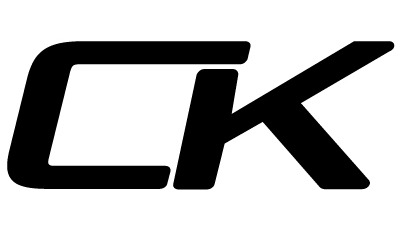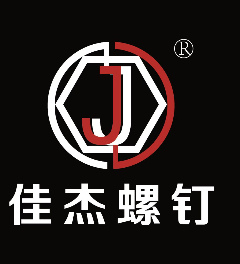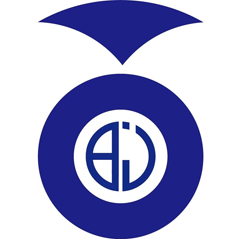- Electrical Equipment & Supplies
- Machinery
- Tools & Hardware
- Apparel
- Fashion Accessories
- Gifts & Crafts
- Luggage, Bags & Cases
- Sports & Entertainment
- Business Services
- Energy
- Fabrication Services
- Minerals & Metallurgy
- Electronic Components, Accessories & Telecommunications
- Packaging & Printing
- Vehicles & Accessories
- Beauty & Personal Care
- Food & Beverage
- Home & Garden
- Office & School Supplies
- Timepieces, Jewelry, Eyewear
- Chemicals
- Environment
- Health & Medical
- Rubber & Plastics
- Lights & Lighting
- Security & Protection
- Agriculture
- Consumer Electronics
- Furniture
- Home Appliances
- Shoes & Accessories
- Toys & Hobbies
- Construction & Real Estate
- Fabric & Textile Raw Material
- Home Textiles
- Service Equipment
- Vehicles New & Used
The production process
The pillow production process typically involves several steps, including:
1. Design and Material Selection: The first step is to design the pillow and select the materials to be used. This includes determining the size, shape, and fill material for the pillow.
2. Cutting and Sewing: Once the design is finalized, the fabric is cut into the desired shape and size. The fabric pieces are then sewn together to create the pillow cover. In some cases, additional features like zippers or buttons may be added during this step.
3. Fill Material Preparation: The fill material, which can be natural or synthetic fibers, foam, feathers, or a combination, is prepared. This may involve shredding or cutting the material to the desired size and shape.
4. Filling the Pillow: The pillow cover is then filled with the prepared fill material. This can be done manually or using automated machines. The amount of fill material used may vary depending on the desired firmness or softness of the pillow.
5. Sewing and Closing: After the filling process, the open end of the pillow cover is sewn shut. This can be done using various sewing techniques, such as hand stitching or machine sewing.
6. Quality Control: Once the pillow is completed, it goes through a quality control process to ensure that it meets the required standards. This may involve checking for any defects, such as uneven filling or loose threads, and making necessary adjustments or repairs.
7. Packaging and Labeling: The final step involves packaging the pillows for distribution. They are usually placed in plastic bags or wrapped in protective covers to keep them clean and safe during transportation. Labels with product information, care instructions, and branding are also added to the packaging.
8. Distribution: The pillows are then ready to be distributed to retailers or directly to customers. They are typically shipped in bulk to distribution centers or stores, where they are displayed and sold to consumers.
Overall, the pillow production process involves a combination of design, cutting, sewing, filling, quality control, packaging, and distribution to ensure that high-quality pillows are produced and made available to consumers.
10 months ago
loading...





Detailed explanation of the production process vid
Baijia Mechanical Equipment (Huizhou) Co., Ltd.
0 views 1 year ago





All Categories
- Electrical Equipment & Supplies
- Machinery
- Tools & Hardware
- Apparel
- Fashion Accessories
- Gifts & Crafts
- Luggage, Bags & Cases
- Sports & Entertainment
- Business Services
- Energy
- Fabrication Services
- Minerals & Metallurgy
- Electronic Components, Accessories & Telecommunications
- Packaging & Printing
- Vehicles & Accessories
- Beauty & Personal Care
- Food & Beverage
- Home & Garden
- Office & School Supplies
- Timepieces, Jewelry, Eyewear
- Chemicals
- Environment
- Health & Medical
- Rubber & Plastics
- Lights & Lighting
- Security & Protection
- Agriculture
- Consumer Electronics
- Furniture
- Home Appliances
- Shoes & Accessories
- Toys & Hobbies
- Construction & Real Estate
- Fabric & Textile Raw Material
- Home Textiles
- Service Equipment
- Vehicles New & Used














